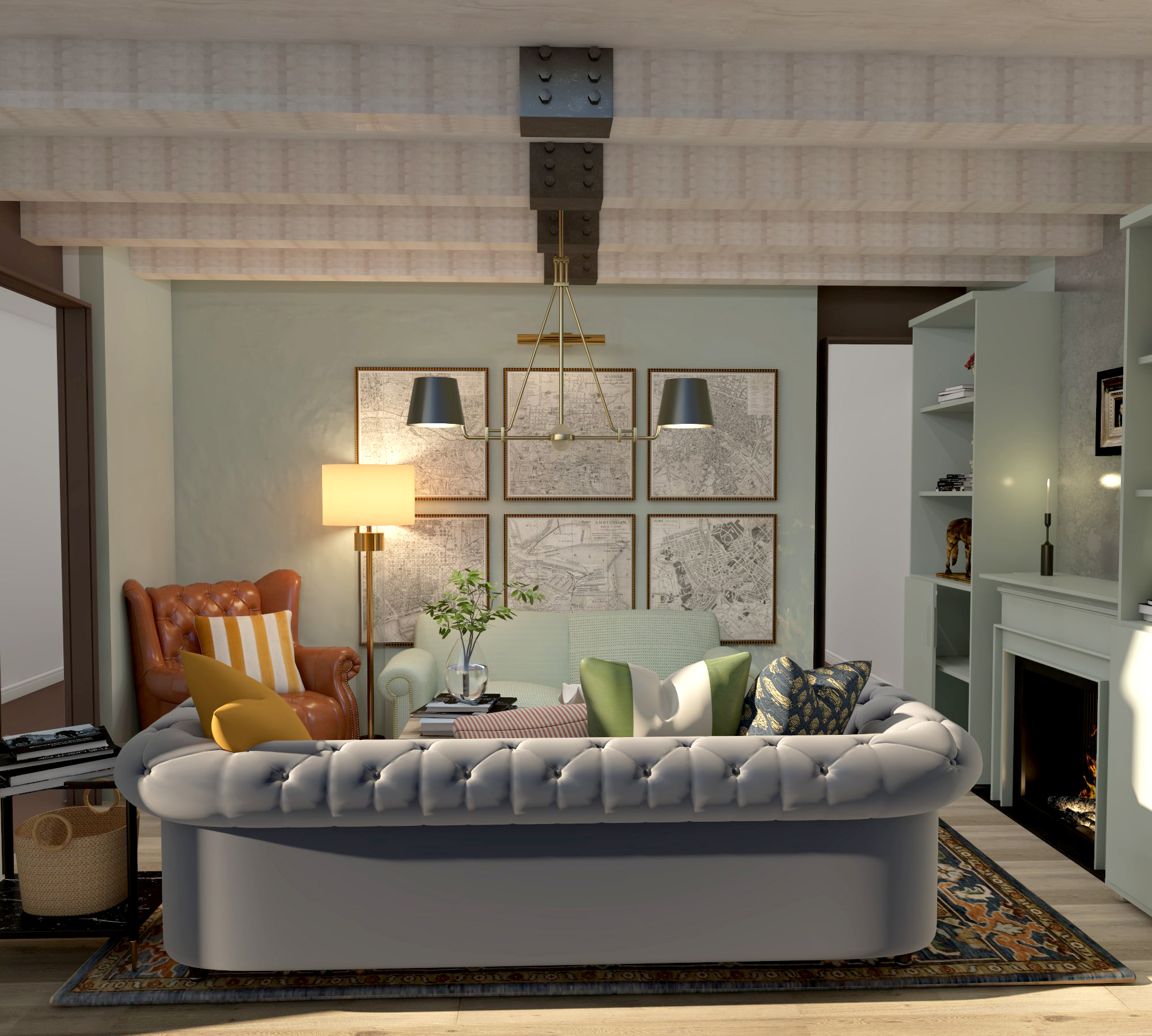Here’s what you need to know before you dive in…
A historic renovation is a project that preserves the character of an older home while updating it for modern living. It’s not the easiest (or least expensive) way to achieve a dream home, but it can be the best option when you want to preserve the integrity of a special property while adding features like more space or updated kitchens and bathrooms. You may even qualify for tax credits if you’re planning on selling after completing your project (check with your accountant).
Research and Planning
If you want to renovate a historic building, the first step is research. Learn about the history of your property and how it fits into its community by talking with people who have lived in or around it and searching local newspaper archives. If all this feels a little daunting – get in touch with us. We’re happy to dig in and do this research as part of our design process!
Gathering the Right Team
Your team may include:
- An interior designer (us? 😉
- An experienced contractor
- Architect
- An engineer
- A Landscape Architect
Applying for Permits
When you’re ready to start the renovation process, it’s important that you file the necessary paperwork with your local government. This will ensure that your project is approved and meets all of their requirements before moving forward. A great contractor (preferably one who has done work in your neighborhood before) can lead the charge with permitting.
Preserving Existing Features
When renovating a historic building, it’s important to preserve the building’s original features wherever you practically can without compromising on contemporary function. For example, if you’re working on a home built in 1900 and want to update the kitchen with modern appliances and fixtures but keep its original charm, consider adding an island that mimics an antique table or installing new countertops but preserving some of the original cabinetry or millwork. These small changes will help keep your kitchen looking like it did when it was first built while still giving you access to modern conveniences.
Installing New Features
Once you’ve decided on the overall design of your renovation, it’s time to start installing new features. The first step is choosing materials that are appropriate for the style of your historic home and its location. This is another aspect of a historic renovation where it really helps to work with a designer who can guide you toward the most appropriate choices.
So, you’ve decided to start a historic renovation. Congratulations! You’re in for an exciting and rewarding journey that will leave you with a uniquely beautiful home that is sure to be the envy of your neighbors.
To make the road a little less bumpy, begin your renovation by hiring an expert team – they’ll know exactly what needs doing so nothing gets overlooked!
